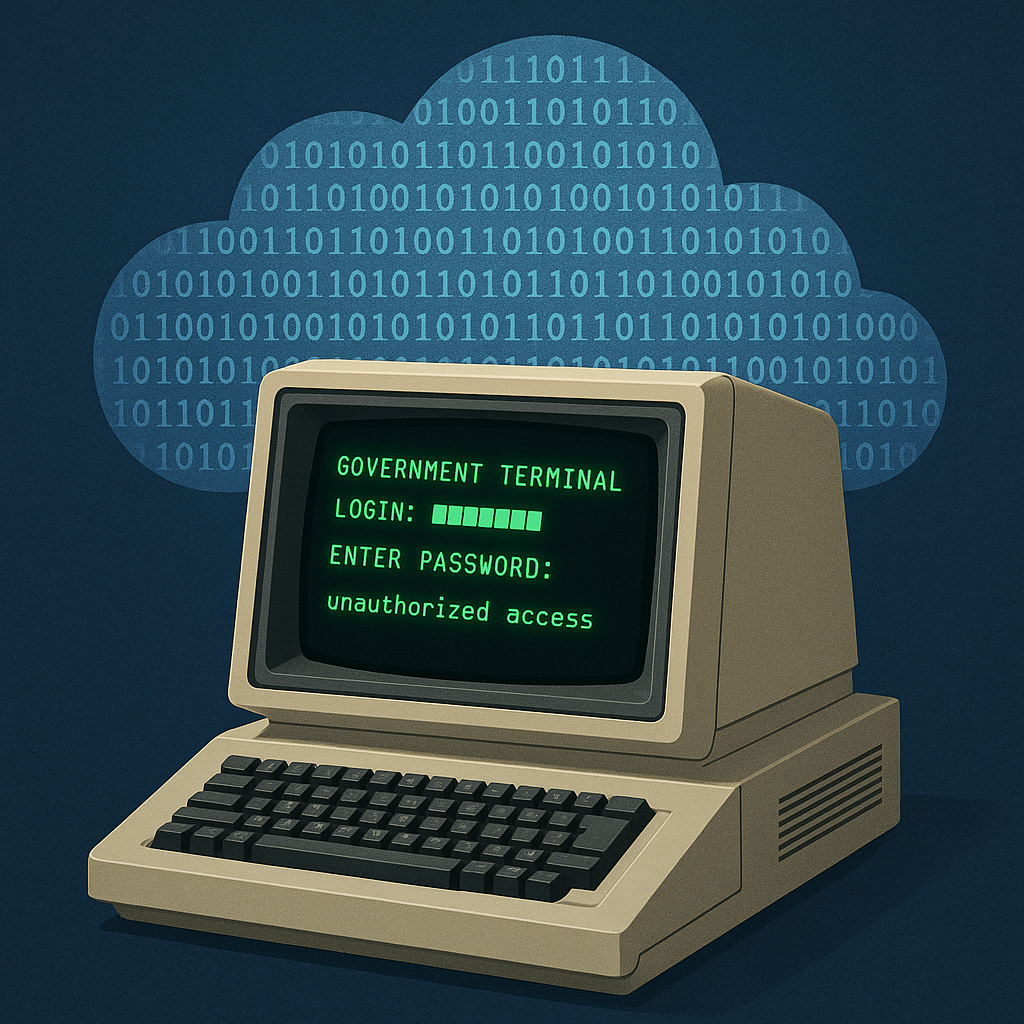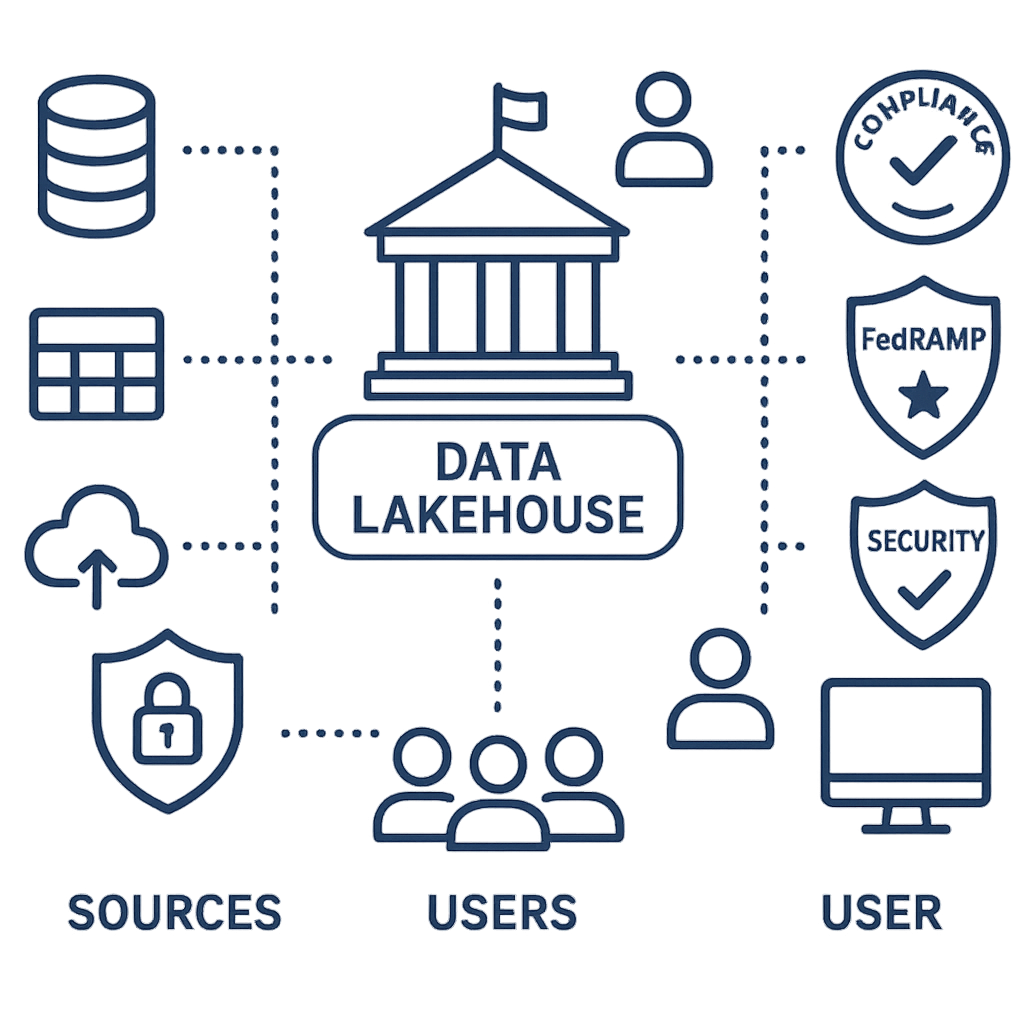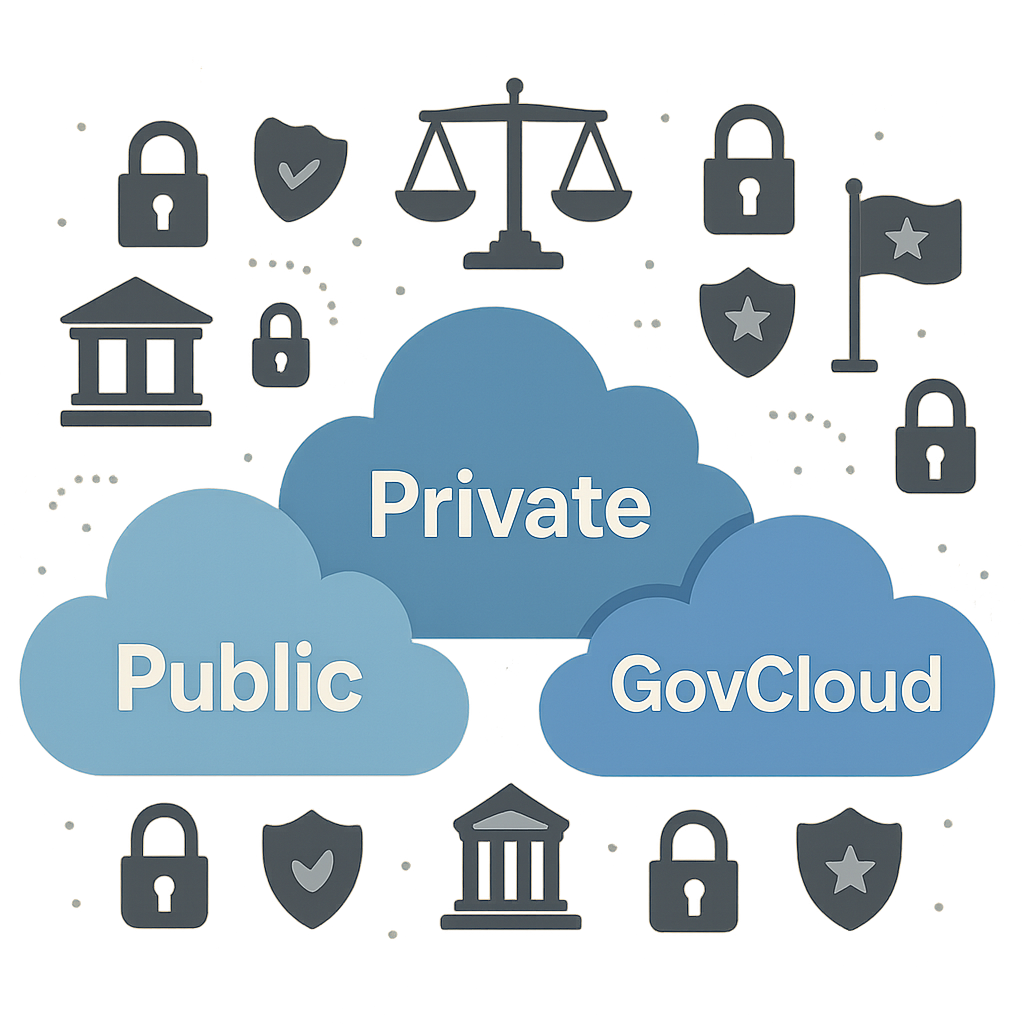For government CIOs, the move towards delivering citizen-centric AI services is no longer a futuristic vision—it’s an immediate strategic necessity. Departments and agencies across all tiers of government are confronted with surging public expectations for digital experiences rivaling the best the private sector offers. Yet these ambitions collide with a challenging reality: sprawling legacy IT estates, tight budgets, and ever-evolving demands for security and compliance. Successfully navigating this complex terrain starts with a clear-eyed assessment of the current government AI infrastructure and a pragmatic roadmap for transformation.

The Legacy Challenge and Opportunity
Most government IT leaders are intimately familiar with the limitations of legacy environments. Decades-old COBOL systems quietly underpin critical processes, from issuing benefits to upholding public records. Data sits isolated within departmental silos, making holistic insight and cross-agency collaboration difficult. Meanwhile, citizens have grown accustomed to instant, mobile-first services and expect that same standard from their government.
Budgetary pressures add another layer of complexity. Investments in AI and modern digital services must be justified not only in terms of efficiency but also public value. Still, the very pain points of aging infrastructure—high maintenance costs, slow service rollouts, and security gaps—underscore the opportunity for change. By modernizing government AI infrastructure, agencies gain a foundation for flexible, secure, and compliant AI-powered services that put citizen needs first.
Creating a Secure Data Lakehouse

Unlocking the power of AI in government begins with unified data. Building a secure data lakehouse is essential to break down silos and drive actionable insights. This approach brings together data from diverse sources—mainframes, cloud applications, on-premises databases—under a single, governed platform.
Metadata catalogues play a vital role here. By mapping the lineage, context, and quality of every data asset, agencies empower their AI models with trusted information. Role-based access control ensures that only authorized personnel access sensitive datasets, significantly reducing the risk of breaches or accidental disclosure.
Security and compliance cannot be afterthoughts in this journey. U.S. public sector organizations must consider FedRAMP and FISMA frameworks when evaluating secure AI platforms. Achieving and maintaining FedRAMP authorization signals that your AI infrastructure adheres to rigorous standards for data governance, encryption, and monitoring—essentials for any agency embarking on an AI journey. Robust audit trails and ongoing compliance checks should be baked in from the outset.
Choosing a Cloud Strategy (Public, Private, GovCloud)

The next critical choice revolves around cloud deployment. Agencies have an array of options—public cloud, private cloud, or dedicated government clouds like AWS GovCloud. Each model offers unique benefits and trade-offs regarding data sovereignty, scalability, and cost.
Data sensitivity tiers should guide these decisions. Highly confidential information may warrant a private or government-only cloud environment, whereas less sensitive workloads could leverage the cost efficiency of public cloud platforms. Understanding the total cost of ownership—factoring in migration, ongoing management, security, and compliance overhead—is essential for developing a sustainable roadmap.
Vendor lock-in is a legitimate concern. To mitigate this, CIOs should prioritize open standards and interoperability when selecting secure AI platforms. This not only future-proofs your architecture but also fosters a healthy marketplace of solutions, avoiding reliance on a single vendor for mission-critical services.
Quick-Win AI Use Cases

Launching an AI-enabled government isn’t an all-or-nothing proposition. In fact, the smartest path often begins with targeted, low-risk projects. Quick wins demonstrate value, build organizational confidence, and help refine both technology and processes before scaling up.
Intelligent document processing for benefits administration automates the intake and verification of citizen applications, slashing turnaround times and reducing errors. Deploying AI-powered chatbots to answer frequently asked questions on agency websites delivers immediate convenience to citizens while freeing up staff for more complex cases. Even fraud detection in grant programs now benefits from advanced AI models that spot anomalies and flag suspicious transactions for investigation faster than traditional manual methods.
Each of these use cases can be developed within the constraints of a secure, FedRAMP-compliant platform, showcasing how secure AI platforms enable agencies to deliver meaningful improvements without compromising on governance or trust.
Capacity Building and Vendor Partnerships

Successful AI transformation hinges on people as much as technology. Government IT teams must cultivate new skills in data science, cloud architecture, and security. Balancing in-house expertise with trusted vendor partnerships is paramount. This begins with well-structured RFPs that clearly articulate both technical requirements and expectations for compliance.
Shared services models are increasingly attractive, enabling agencies to access advanced AI capabilities without duplicating costly infrastructure or scarce talent. Such collaborations amplify investment impact and speed up delivery.
Continuous training programs are vital. AI, cloud, and security fields evolve rapidly—agency teams need regular upskilling to stay ahead of risks and maximize value. Tiered certification programs, joint vendor workshops, and knowledge sharing networks ensure your agency remains at the forefront of government AI infrastructure innovation.
The AI journey for government administration CIOs is as much about building integrated, secure foundations as it is about bold ambition. By methodically modernising legacy systems, unifying and governing data, selecting the right cloud strategies, focusing on high-impact use cases, and investing in people and partnerships, government leaders can unlock transformative value—delivering the citizen-centric services of tomorrow, today.
If your agency is ready to accelerate its AI transformation, contact us to start charting a secure, citizen-first AI roadmap.
Sign Up For Updates.


